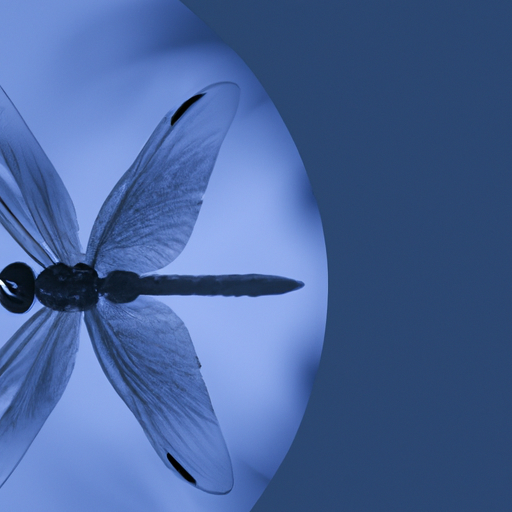 Radial symmetry is a distinct form of symmetry commonly found in the animal kingdom, characterized by the arrangement of body parts around a central axis. In contrast to bilateral symmetry, where an organism can be divided into two equal halves along a single plane, radial symmetry allows for division into multiple identical parts around a central point. This article will explore the intriguing world of radially symmetrical animals, shedding light on their diverse characteristics, habitats, and evolutionary significance.
Radial symmetry is a distinct form of symmetry commonly found in the animal kingdom, characterized by the arrangement of body parts around a central axis. In contrast to bilateral symmetry, where an organism can be divided into two equal halves along a single plane, radial symmetry allows for division into multiple identical parts around a central point. This article will explore the intriguing world of radially symmetrical animals, shedding light on their diverse characteristics, habitats, and evolutionary significance.
1. Cnidarians:
Cnidarians, a phylum of aquatic creatures, are the epitome of radial symmetry. This group includes jellyfish, sea anemones, and coral polyps. Their bodies are organized around a central mouth, often equipped with tentacles for capturing prey. Cnidarians exhibit a cylindrical or bell-shaped body plan, allowing them to capture food from any direction. Their radial symmetry is an adaptation to enhance their ability to search for food and escape predators.
2. Echinoderms:
Echinoderms represent another phylum with remarkable radial symmetry. This group includes sea stars (starfish), sea urchins, and sea cucumbers. Echinoderms exhibit a five-fold radial symmetry, with their body parts arranged around a central disk. They possess tube feet that extend from their body surface, aiding in locomotion, feeding, and respiration. Echinoderms are exclusively marine animals, inhabiting various depths of the ocean and playing essential roles in maintaining marine ecosystems.
3. Ctenophores:
Ctenophores, also known as comb jellies, are gelatinous marine organisms that exhibit biradial symmetry. While their bodies appear similar to jellyfish, ctenophores possess a unique arrangement of body parts. They have two long tentacles, often adorned with specialized cells called colloblasts, which they use to capture prey. Ctenophores propel themselves through the water by coordinated beating of rows of cilia, creating a mesmerizing light show due to their bioluminescent properties.
4. Sponges:
Sponges may seem inconspicuous, but they are fascinating examples of radially symmetrical animals. As filter feeders, sponges rely on water flow to bring in nutrients and oxygen. They possess a porous body structure with numerous cells specialized for different functions. Although sponges lack complex organ systems, they exhibit a radial body plan, allowing water to circulate efficiently through their bodies and enabling them to extract essential nutrients.
5. Comb Jellies:
Despite their name, comb jellies (ctenophores) are distinct from true jellyfish. These mesmerizing creatures possess a unique combination of radial and biradial symmetry. Their body structure comprises eight rows of ciliated plates, called combs, which they use for locomotion. Comb jellies also exhibit bioluminescence, emitting vivid colors that add to their allure.
6. Anemones:
Sea anemones, close relatives of coral, are often found attached to rocks or coral reefs. They display a cylindrical body shape with a central mouth surrounded by tentacles. These tentacles contain specialized stinging cells called nematocysts, which the anemone uses to capture prey or defend against predators. Anemones are known for their vibrant colors and are frequently seen in home aquariums due to their unique beauty.
7. Corals:
Corals are colonial animals that form intricate ecosystems known as coral reefs. These marine animals possess a polyp-like body form and exhibit radial symmetry. The individual coral polyps within a colony are interconnected and work collectively to build the protective calcium carbonate skeletons that form the backbone of coral reefs. Coral reefs are considered biodiversity hotspots, hosting a vast array of marine life.
In conclusion, radial symmetry is an intriguing adaptation found in various animal groups. Cnidarians, echinoderms, ctenophores, sponges, comb jellies, anemones, and corals all exhibit different forms of radial symmetry. This unique body plan allows these animals to interact with their environment in distinct ways, enhancing their survival and ecological importance. Exploring the world of radially symmetrical animals provides a deeper understanding of the remarkable diversity and complexity of life on our planet.
